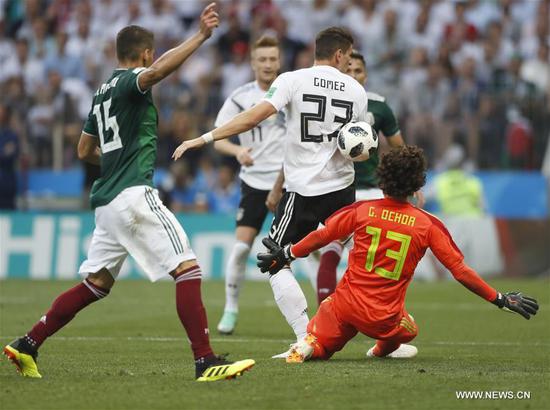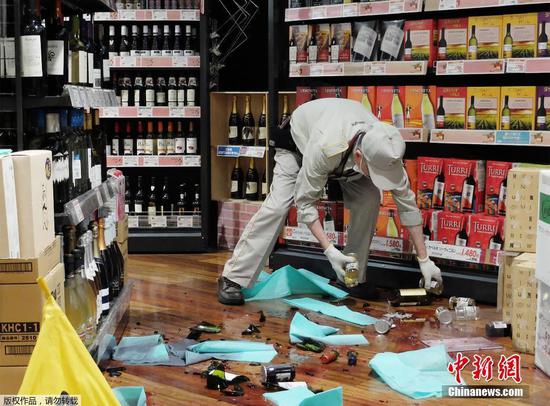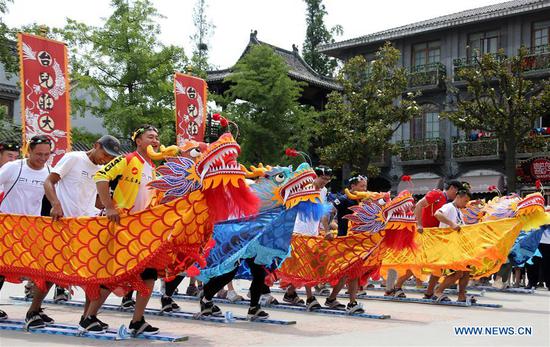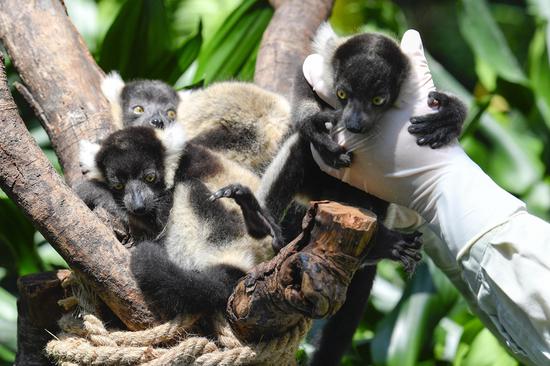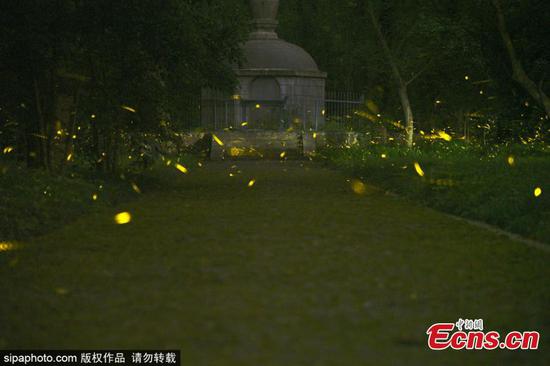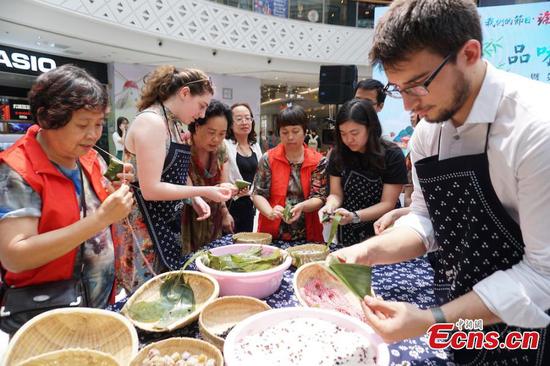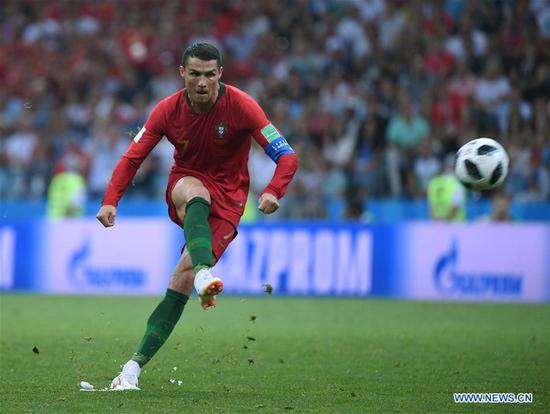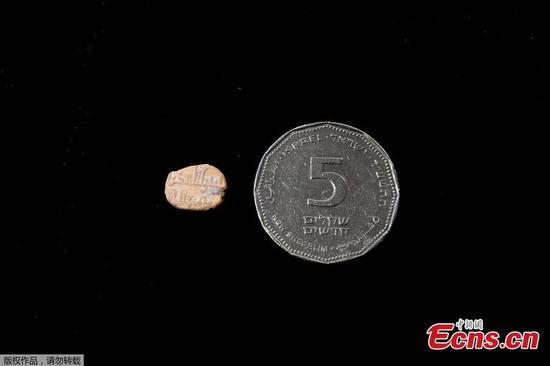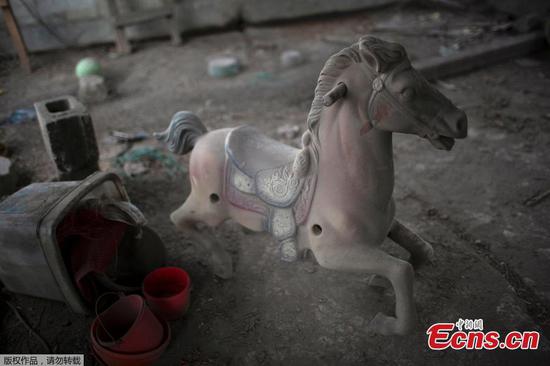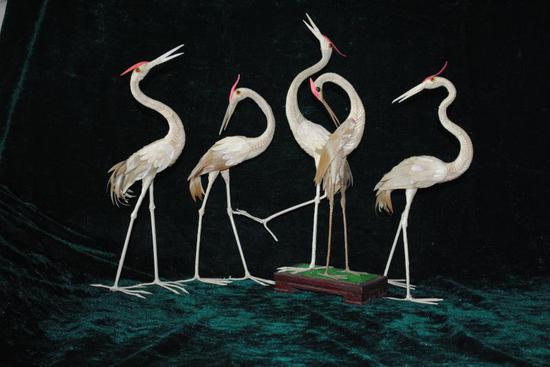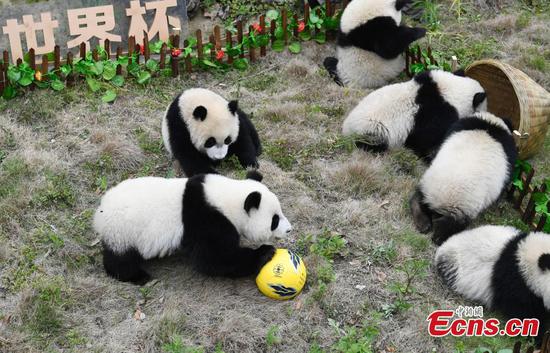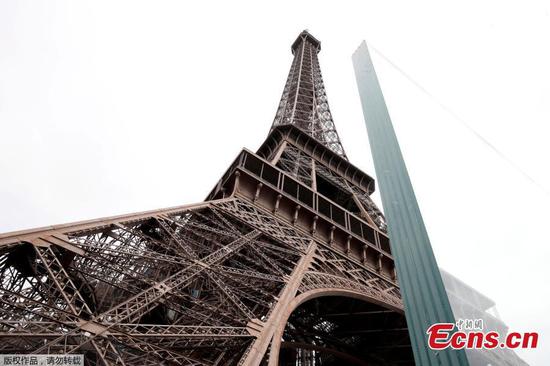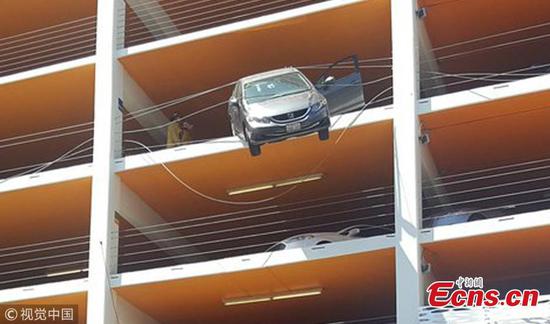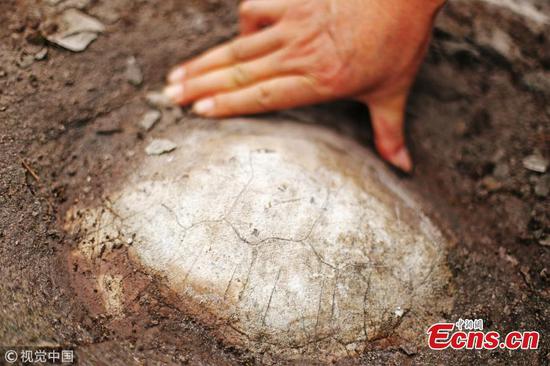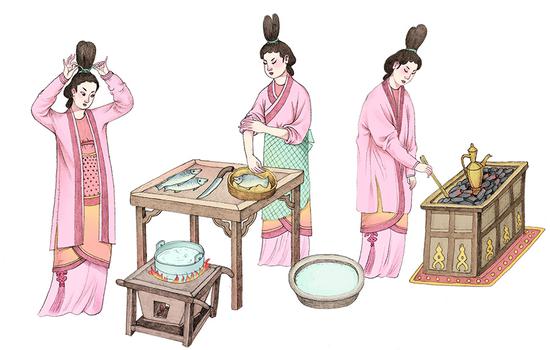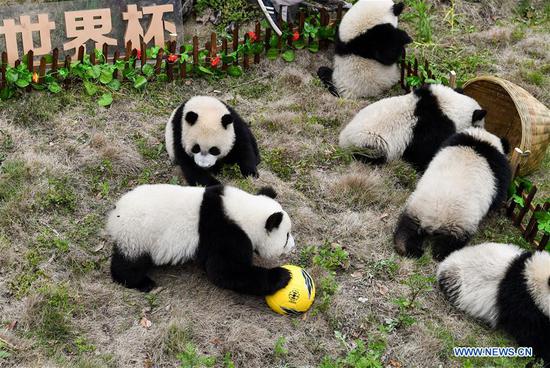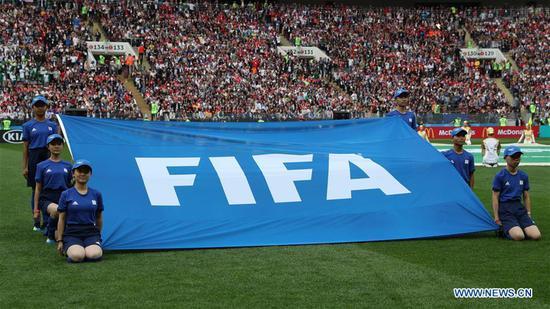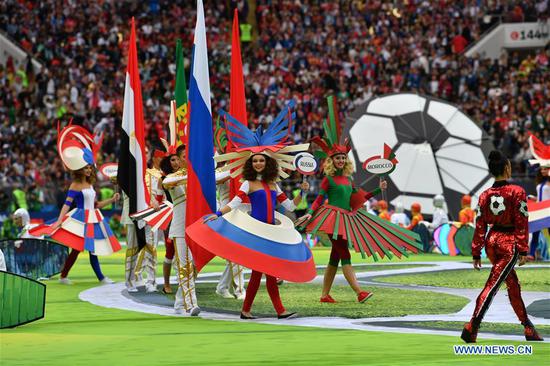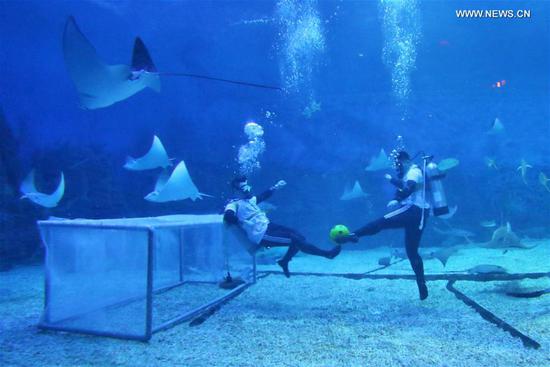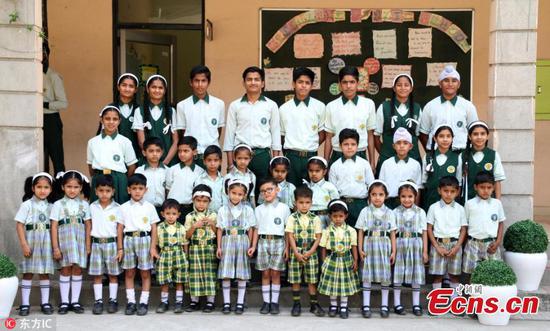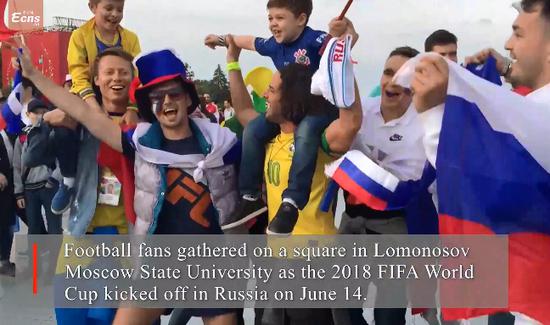Charlotte Woodhead, an assistant professor at Warwick University's School of Law, said, "Some national museums in the UK are subject to specific statutory governance that prevents them from returning objects even where they consider themselves under a moral obligation to do so.
"This was tested in a legal case in 2002 and while this prohibition on transfer has been lifted in the case of certain human remains and Nazilooted cultural objects, it remains for many other objects in national museums."
Many Chinese writers have called the looting and destruction of the Yuanmingyuan a national humiliation.
Since the start of reform and opening-up in 1978, Chinese authorities and individuals have worked harder to repatriate antiques from other countries.
In 2009, China announced plans to send a team of specialists to museums and libraries-including the British Museum and the Victoria and Albert Museum-in an attempt to catalog items that had been removed from China.
That same year, the bronze statues of animal heads that had adorned a fountain at the palace and that were taken during the 1860 looting, were set to be auctioned by Christie's in Paris.
The rat and rabbit zodiac heads were acquired by French fashion designer Yves Saint Laurent and, after his death, many objects from his estate were sold again, including the two zodiac heads. Christie's announced that auction in 2008, claiming that the sale of the statues was legal and would go ahead.
Liu Yang, a Beijing-based lawyer who helped organize a lawsuit against such activities, said the auction and refusal to return the items to China "deeply hurts our nation's feelings".
The winning bidder, Cao Mingchao, the owner of a small auction house in China, subsequently refused to pay for the items as a protest.
In June 2013, Francois-Henri Pinault, chairman of Groupe Artemis, owner of Christie's, returned the two bronze animal heads to China in a move aimed at strengthening diplomatic and trade ties between France and China.
In 2012, after an outcry in China, auction giant Bonhams Fine Art Auctioneers & Valuers removed two jade carvings that had been listed in a London auction house.
Bonhams said the owner of the jades had asked it to withdraw the items and it did not wish to cause any offense in China.
Chinese treasures have also been acquired by Chinese businessmen to repatriate them.
In 2007, Stanley Ho, the billionaire Macao casino magnate, bought a bronze horse head believed to have been one of the zodiac animal heads from the Summer Palace. Ho paid around $9 million for the item and donated it to China.
In 2014, a museum in Norway said it would return seven marble columns that had been taken from the Old Summer Palace after it received a donation from a Chinese entrepreneur that enabled it to refurbish its China exhibition space.
But the fate of items taken from the Summer Palace is also subject to existing conventions, and China has little or no legal claim to them in the countries where they ended up, many experts said.
"Where an object has been wrongfully taken and has been in England or Wales since before the 1980s, a legal claim in court is unlikely to succeed because, usually, the effect of the statute of limitation would be to extinguish the original owner's legal title to the object after six years," said Woodhead, the Warwick University legal expert.
She said items that arrived in England or Wales after 1981 also would not likely be the subject of a successful claim from the original owner if they were bought in good faith.
But she said museums are obliged under the UK Museums Association Codes of Ethics of 2015 not to acquire items that were "wrongfully taken during a time of conflict" and also to deal "sensitively and promptly with requests for repatriation".










